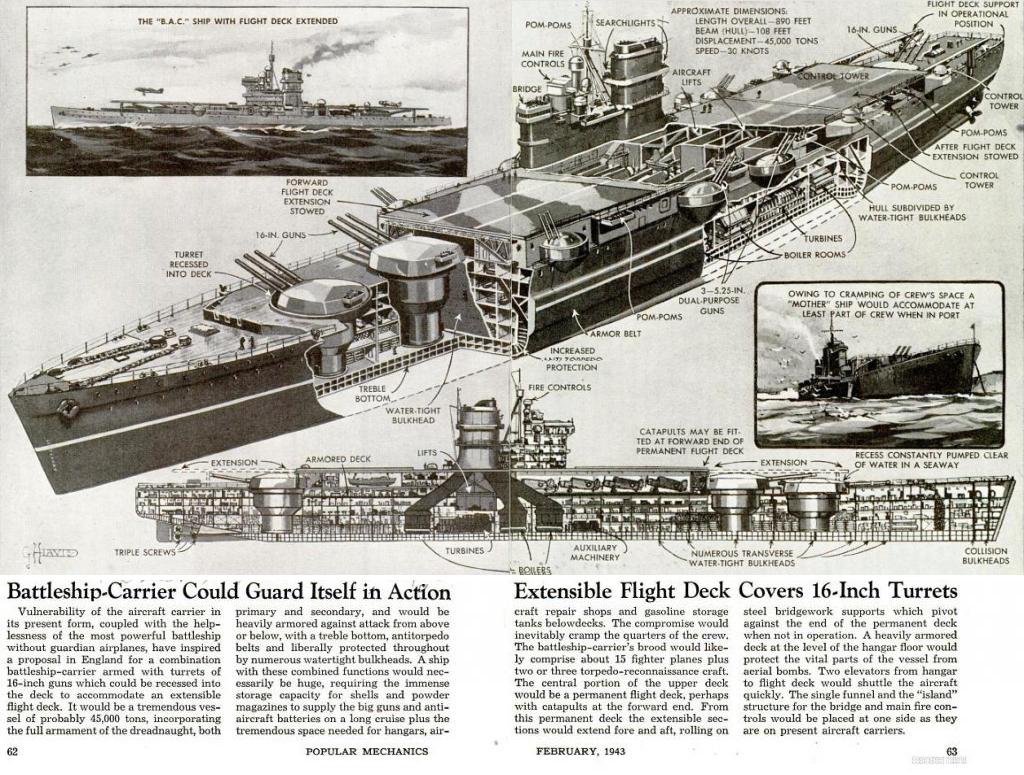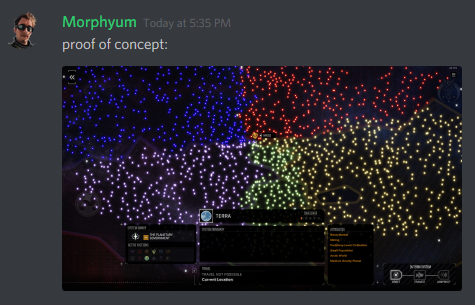'Mechs are powerful, but not invincible, and much of their power comes from the fact they have many more hit locations than conventional vehicles. You can take an arm off a 'mech and it will keep fighting. If you take a turret off a tank, it is toast. It also has an edge in all-terrain mobility in TT and most BTech games, especially MechCommander. And in TT, you can instant-kill a vehicle far easier than a 'mech, but that relies on luck more than anything else.
Not surprised this mentality is in the setting, overvaluing the utility of an individual mech or vehicle instead of looking at things from a wider perspective- Yamato Thinking.
A good case of that was before and during WWII when people were worried over the vulnerability of aircraft carriers in bad weather if they encountered a battleship or cruiser that they'd be defenceless to, since their aircraft couldn't launch. Those with the previously mentioned mentality focused too much on the problem and came out with silliness like this:
When the proper solution was less fancy and needed no major design alterations from anything, just have more fast BBs and cruisers around to escort carriers thereby keeping warships specialized and preventing utility from diminishing their capabilities.
In the case of Mechs, you say their power comes from more hit locations making them more versatile, where I'd rather say that is a severe weakness, and it is why tank design has always pushed towards minimization - keeping the tank as low to the ground and as small a target as possible. What is better? To be hit and keep on fighting partially disabled, or to not be hit at all?
In the case of Mechs, the unavoidable problem with all those hit locations (and Mechs as a universal type) is that fact that two are critical and losing one disables the entire Mech, the legs.




.






























![Glory to Codexia! [2012] Codex 2012](/forums/smiles/campaign_tags/campaign_slushfund2012.png)







